Introduction
Rock sugar, also known as crystal sugar or rock candy, is a type of sugar that has a granular or crystalline structure. It is widely used in various culinary preparations, including desserts, beverages, and traditional medicines. Unlike regular granulated sugar, rock sugar has a unique texture and flavor that can enhance the overall taste of dishes. However, not all rock sugars are created equal. Some may have impurities, an unpleasant taste, or an inconsistent texture. Therefore, knowing how to select high-quality rock sugar is crucial for ensuring that your dishes turn out perfectly. This article will provide you with comprehensive guidelines on how to choose the best rock sugar available.
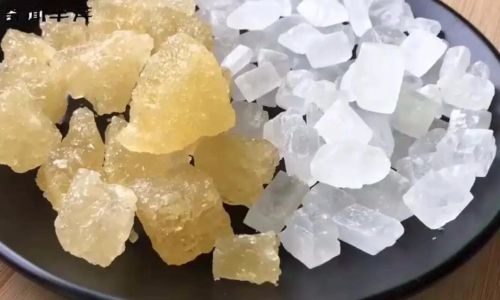
Understanding Rock Sugar
Before diving into the selection process, it’s essential to understand what rock sugar is and how it’s made. Rock sugar is primarily sucrose, which is derived from sugar cane or sugar beet. The production process involves refining raw sugar, dissolving it in water, and then allowing it to crystallize slowly under controlled conditions. This slow crystallization results in the formation of large, clear crystals that are characteristic of rock sugar.
Rock sugar can vary in color, ranging from white to amber or even darker shades. The color is influenced by the refining process and the presence of impurities. High-quality rock sugar is typically white or light amber, indicating a higher level of purity.
Key Factors to Consider When Selecting Rock Sugar
When selecting rock sugar, several factors come into play. These factors include purity, texture, color, taste, and intended use. Below, we will discuss each factor in detail and provide tips on how to evaluate them.
Purity
Purity is one of the most critical factors to consider when selecting rock sugar. Impurities can affect the taste, texture, and overall quality of the sugar. High-quality rock sugar should be free from dirt, dust, and other contaminants.
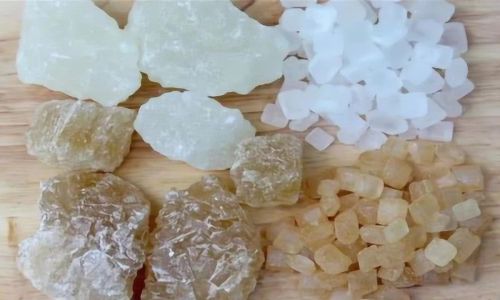
Tips for Evaluating Purity:
- Visual Inspection: Examine the sugar crystals closely. High-quality rock sugar should have a clear, translucent appearance with no visible impurities.
- Smell Test: Give the sugar a quick sniff. It should have a faint, sweet aroma. Any off-odors indicate contamination.
- Taste Test: Taste a small piece of the sugar. It should be purely sweet with no bitter or metallic aftertaste.
Texture
The texture of rock sugar is another important consideration. Good-quality rock sugar should have a uniform, crystalline structure with no cracks or chips. The crystals should be easy to break apart into smaller pieces without crumbling.
Tips for Evaluating Texture:
- Feel Test: Run your fingers over the sugar crystals. They should feel smooth and even. Avoid sugars with rough or irregular surfaces.
- Break Test: Break a piece of the sugar in half. It should snap cleanly without crumbling. This indicates a well-formed crystalline structure.
Color
The color of rock sugar can vary depending on the refining process and the presence of impurities. While darker shades may be acceptable in some types of rock sugar, such as those used in traditional medicines, high-quality culinary rock sugar should be white or light amber.
Tips for Evaluating Color:
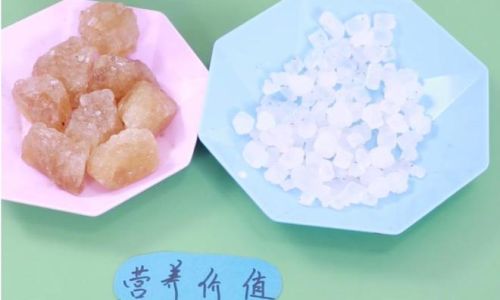
- Consistency Check: Look for a consistent color throughout the batch. Variations in color can indicate inconsistencies in the refining process.
- Avoid Discoloration: Avoid sugars that have yellowed or darkened significantly, as this may indicate exposure to heat, moisture, or other conditions that degrade the sugar.
Taste
The taste of rock sugar is a crucial factor, especially when it comes to culinary applications. High-quality rock sugar should have a pure, sweet taste with no bitter or metallic aftertaste.
Tips for Evaluating Taste:
- Taste Test: Dissolve a small amount of sugar in your mouth. It should melt smoothly and leave a clean, sweet taste.
- Compare Samples: If possible, taste different samples of rock sugar to compare their sweetness and flavor profiles.
Intended Use
The intended use of the rock sugar will also influence your selection. Different types of rock sugar are suitable for different applications. For example, white rock sugar is often used in baking and beverages, while amber or darker sugars may be preferred for traditional medicines or specific culinary dishes.
Tips for Considering Intended Use:
- Recipe Requirements: Check the recipe or culinary tradition you are following to determine the type of rock sugar required.
- Versatility: If you plan to use the sugar for multiple purposes, opt for a versatile type that can be used in various dishes.
Additional Tips for Selecting High-Quality Rock Sugar
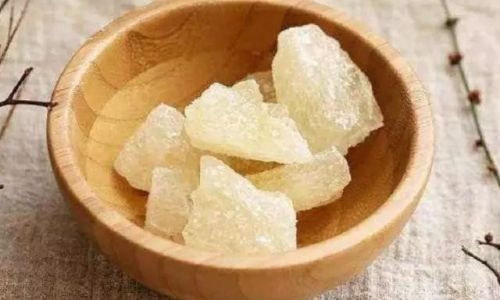
In addition to the key factors discussed above, here are some additional tips to help you select high-quality rock sugar:
- Brand Reputation: Choose brands with a good reputation for producing high-quality sugar. Look for brands that specialize in rock sugar and have a history of producing consistent, reliable products.
- Packaging: Examine the packaging closely. High-quality rock sugar should be packaged in airtight containers to prevent moisture and contaminants from entering. Avoid sugars that come in damaged or leaky packaging.
- Source: Consider the source of the sugar. Sugar cane-derived rock sugar is generally considered superior to sugar beet-derived sugar due to its purer taste and texture.
- Price: While price is not always an indicator of quality, be wary of rock sugar that is priced significantly lower than comparable products. This may indicate a lower quality or the presence of impurities.
- Customer Reviews: Read customer reviews and ratings to get insights into the quality and performance of different brands of rock sugar. Look for reviews from people who have used the sugar in similar applications to yours.
Conclusion
Selecting high-quality rock sugar is essential for ensuring that your dishes turn out perfectly. By considering factors such as purity, texture, color, taste, and intended use, you can choose a sugar that meets your needs and delivers the best results. Remember to choose brands with a good reputation, examine packaging closely, consider the source of the sugar, and don’t be swayed solely by price. With these tips in mind, you’ll be able to select the best rock sugar for your culinary creations.
In summary, high-quality rock sugar should be pure, have a uniform texture and color, taste purely sweet, and be suitable for your intended use. By following the guidelines provided in this article, you’ll be able to identify and select the best rock sugar available, enhancing the taste and texture of your dishes and beverages. Happy cooking!
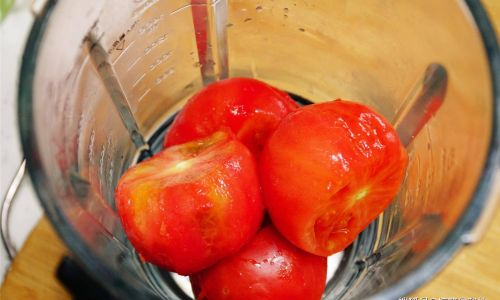

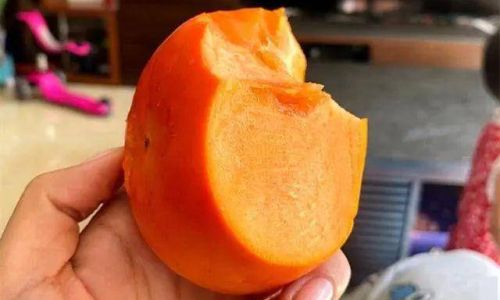

0 comments